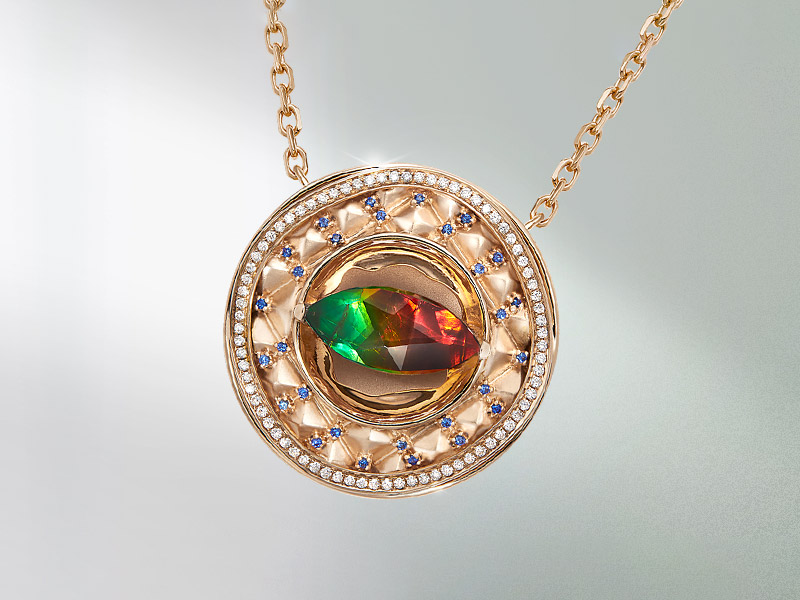
Materials
Authentic and sourced from reputable suppliers, ensuring that each piece carries the unique beauty and energy.
Get Yourself ‘Ammonite’-ed
Ammolite is a rare and iridescent gemstone formed 66 million years ago from the shells of late-cretaceous marine creatures called Ammonite. They display vibrant colours and intricate patterns after millions of years of fossilization process, making each piece unique. Due to its rarity that features a spectrum of colours, ammolite is highly valued by collectors and jewellery enthusiasts. With proper care and maintenance, ammolite retains its stunning luster and vibrant colors for years to come. Ammolite gemstones are graded based on several factors that determine their quality and value.
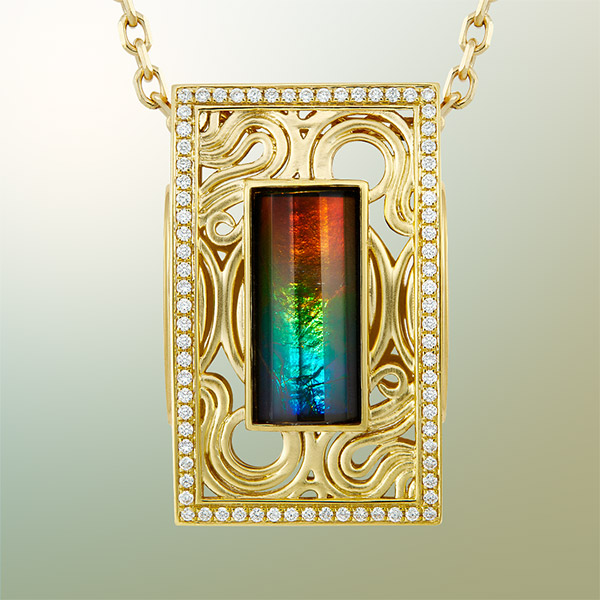
Grade AAA Ammolite
AAA-grade ammolite represents the pinnacle of quality, characterized by a captivating display of three or more colours at a glance. Its dazzling and radiant colouration showcases brilliant iridescence, creating a stunning visual effect. When gently rotated at 360°, the colours seamlessly shift through a full spectrum, for example from mesmerizing reds to soothing greens, tranquil blues and more. AAA ammolite typically features a clear and intricate pattern, with minimal to no matrix lines, ensuring a flawless and enchanting gemstone.
Grade AA Ammolite
AA-grade ammolite represents the second highest quality tier, often showcasing one to two colours at a glance. The colour display is vibrant and iridescence, with a distinctive dichromatic shift observed when the ammolite is rotated up to 240°, for example, transitioning from captivating greens to rich reds. Typically, AA ammolite features narrow matrix lines, displaying a remarkable allure to the gemstone’s appearance.

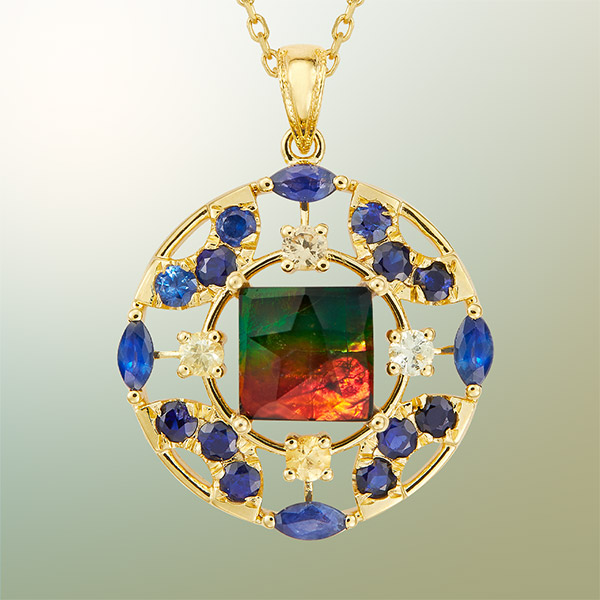
Grade A Ammolite
A-grade ammolite typically displays one colour, occasionally two, with a lighter intensity. When rotating the ammolite up to 180°, the colours transition within the same primary hues, such as from red to orange or various shades of red. Beyond 180°, there may be a shift to darker colours or black. Grade A specimens often feature wider matrix lines, adding to their distinctive charm.
Colour Your Gold
Gold is a precious metal cherished for its timeless beauty, durability, and versatility. It holds a significant cultural and historical value, symbolizing wealth, luxury, and prosperity. Gold jewellery is treasured for its ability to complement any style or occasion, from everyday wear to special events and for its investment value.
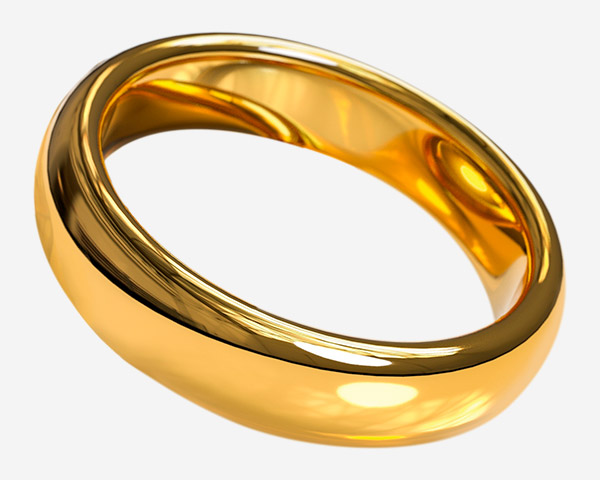
Yellow Gold
Pure gold in its natural state exhibits a vibrant yellow hue, representing its inherent richness and purity. The shade of yellow in yellow gold can vary depending on the metal’s purity, resulting in different tones and nuances of this classic colour.
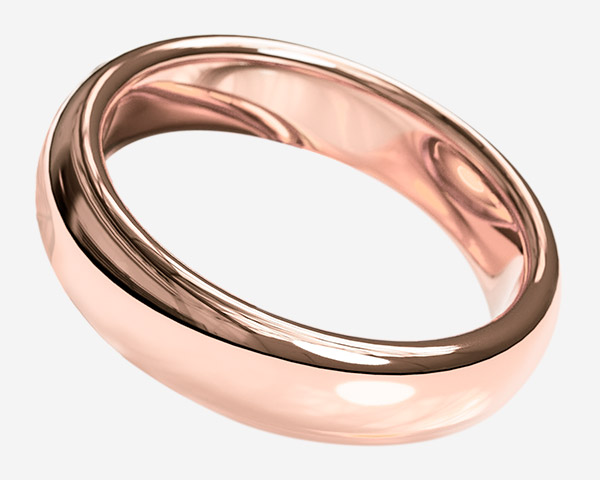
Rose Gold
Rose gold displays a warm pinkish hue due to the presence of copper in the alloy. Because of this alloying process, rose gold cannot achieve a 24K purity level since other metals are added to create the desired colour and properties. Depending on the ratio of copper to gold, rose gold can vary in shades from subtle blush tones to deeper, richer hues, adding versatility and charm to jewellery pieces.
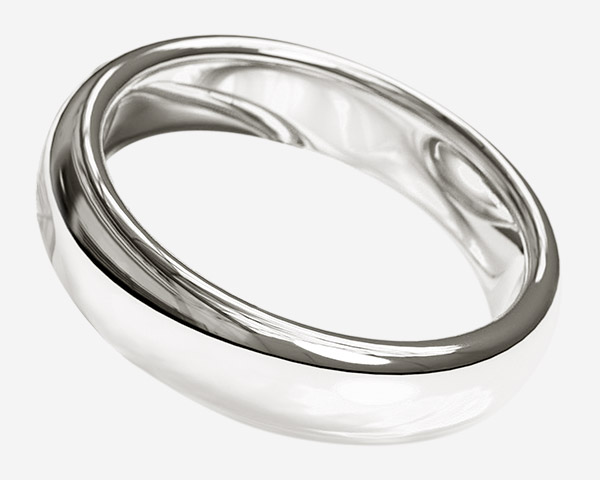
White Gold
White gold is created by mixing pure gold with white metals such as palladium, or silver. This alloying process gives white gold its silvery-white appearance, resembling platinum or silver. However, white gold cannot reach a purity level of 24K due to the addition of these other metals, which is necessary to achieve its colour and strength.
Karat Your Gold
Gold karat (K) refers to the purity of gold, with 24K being the purest form. Lower karat values indicate a higher proportion of alloyed metals added to enhance durability or to modify the colour. It’s essential to consider karat when purchasing gold jewellery, as higher karat gold is more prone to scratching but has a richer colour, while lower karat gold is more durable but may have a slightly different hue. Understanding gold karat helps you choose jewellery that suits your style and lifestyle while ensuring lasting beauty and value.

24K Gold
24K gold (999) consists of 24 parts pure gold, with purity level of 99.99%. This high purity gives it a rich yellow hue, but it can be too soft and malleable for everyday jewellery wear, making it susceptible to scratches. As a result, 24K gold is commonly used in investments, coins, and electronic components rather than in jewellery.

22K Gold
22K gold (916) contains 22 parts pure gold and 2 parts alloyed metals, resulting in a gold purity of 91.67%. This purity results in a rich vibrant yellow colour and highly desirable for jewellery. While slightly softer than 18K gold, 22K gold is still durable enough for everyday wear and offers a beautiful balance between richness of colour and durability. Its luxurious appearance and traditional appeal make it a popular choice for various types of jewellery.

18K Gold
With a composition of 18 parts pure gold and 6 parts alloyed metals, 18K gold (750) boasts a purity level of 75%. This degree of purity contributes to its durable and radiant nature, showcasing a rich color that is highly favored in fine jewellery. 18K gold strikes a harmonious balance between durability and aesthetic allure, coming as a preferred option for jewellery enthusiasts seeking both quality and aesthetic appeal.

14K Gold
14K gold (583) is crafted from 14 parts pure gold and 10 parts alloyed metals, boasting a purity level of 58.33%. This slightly lower purity compared to 18K or 22K gold offers a more budget-friendly option without compromising durability or visual appeal. The slightly lighter hue of 14K gold lends versatility and diversity to jewellery designs ranging from delicate pieces to more substantial items.
Other Alloys
Blending Beauty, Durability, and Sophistication
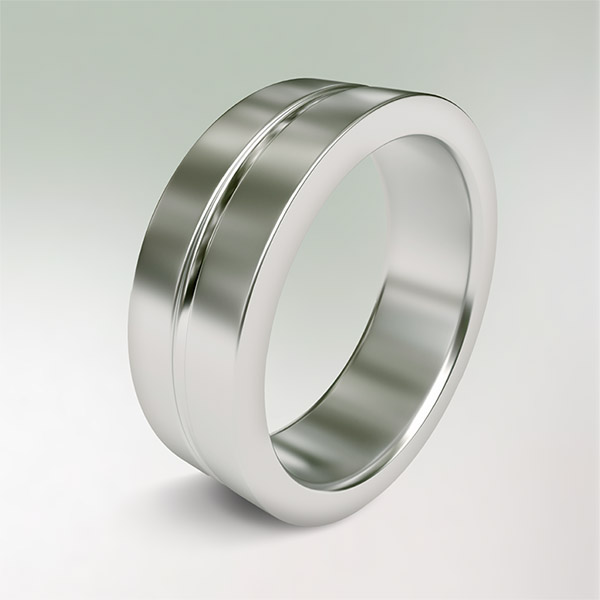
Titanium
Titanium is a strong, lightweight, and corrosion-resistant metal commonly used in jewellery making. Its exceptional strength makes titanium highly durable and resistant to scratches, while its lightweight nature ensures comfort for extended wear. Hypoallergenic properties make it suitable for sensitive skin while its corrosion resistance adds to its longevity. Titanium’s modern and sleek appearance, along with its durability and hypoallergenic nature, makes it a popular choice for men and contemporary jewellery designs.
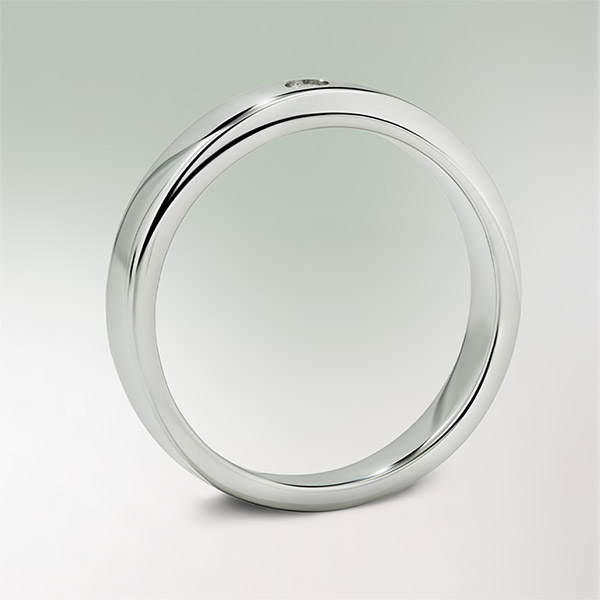
Silver
Sterling silver, often marked as 925 or .925, is an alloy composed of 92.5% pure silver and 7.5% other metals, typically copper. This combination enhances the strength and durability of silver while retaining its stunning luster. It is a popular choice for various jewellery pieces, from rings and bracelets to earrings and necklaces but has a risk of tarnishing over time when exposed to moisture, air and chemical. With proper care, sterling silver jewellery can maintain its shine and beauty for years.



